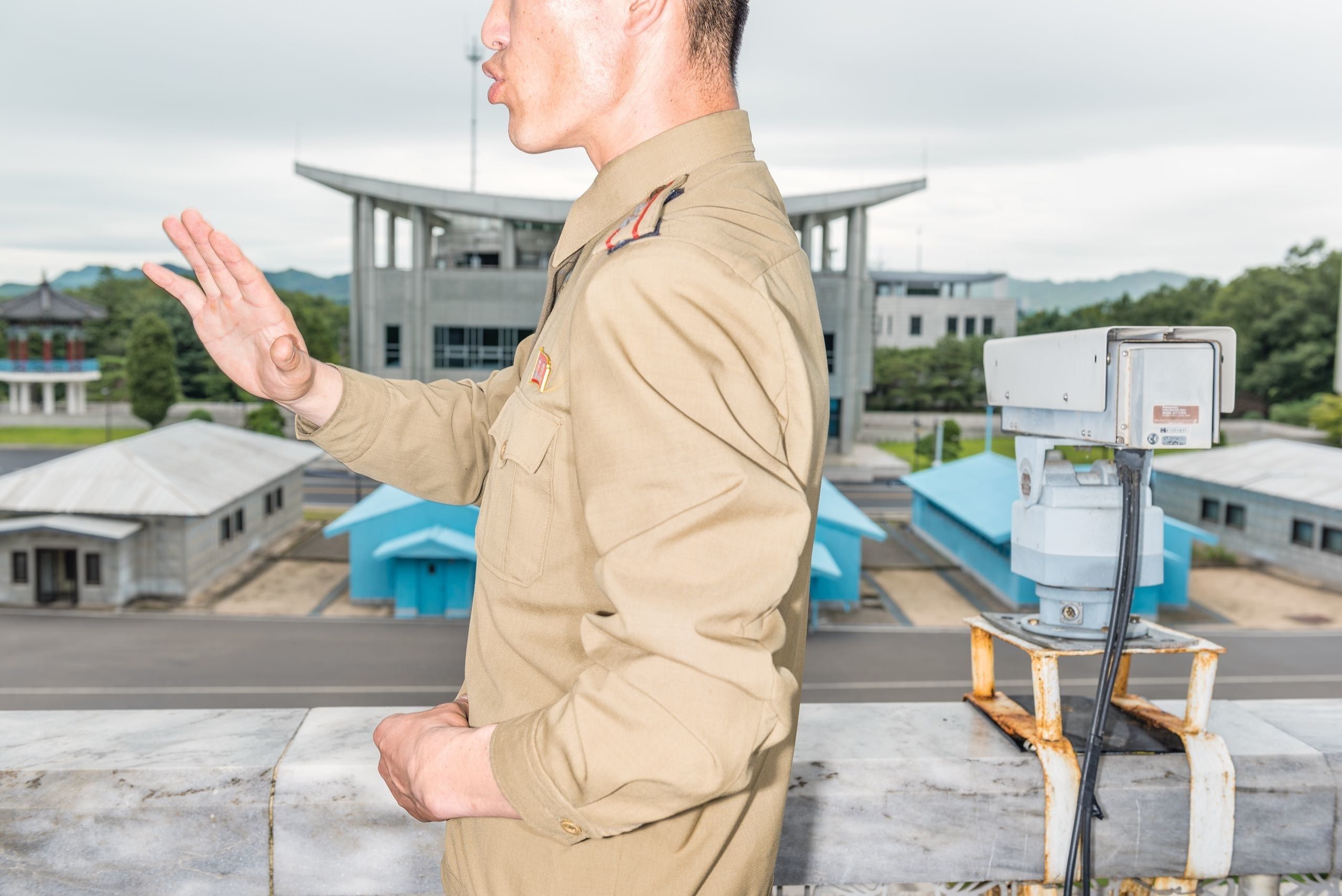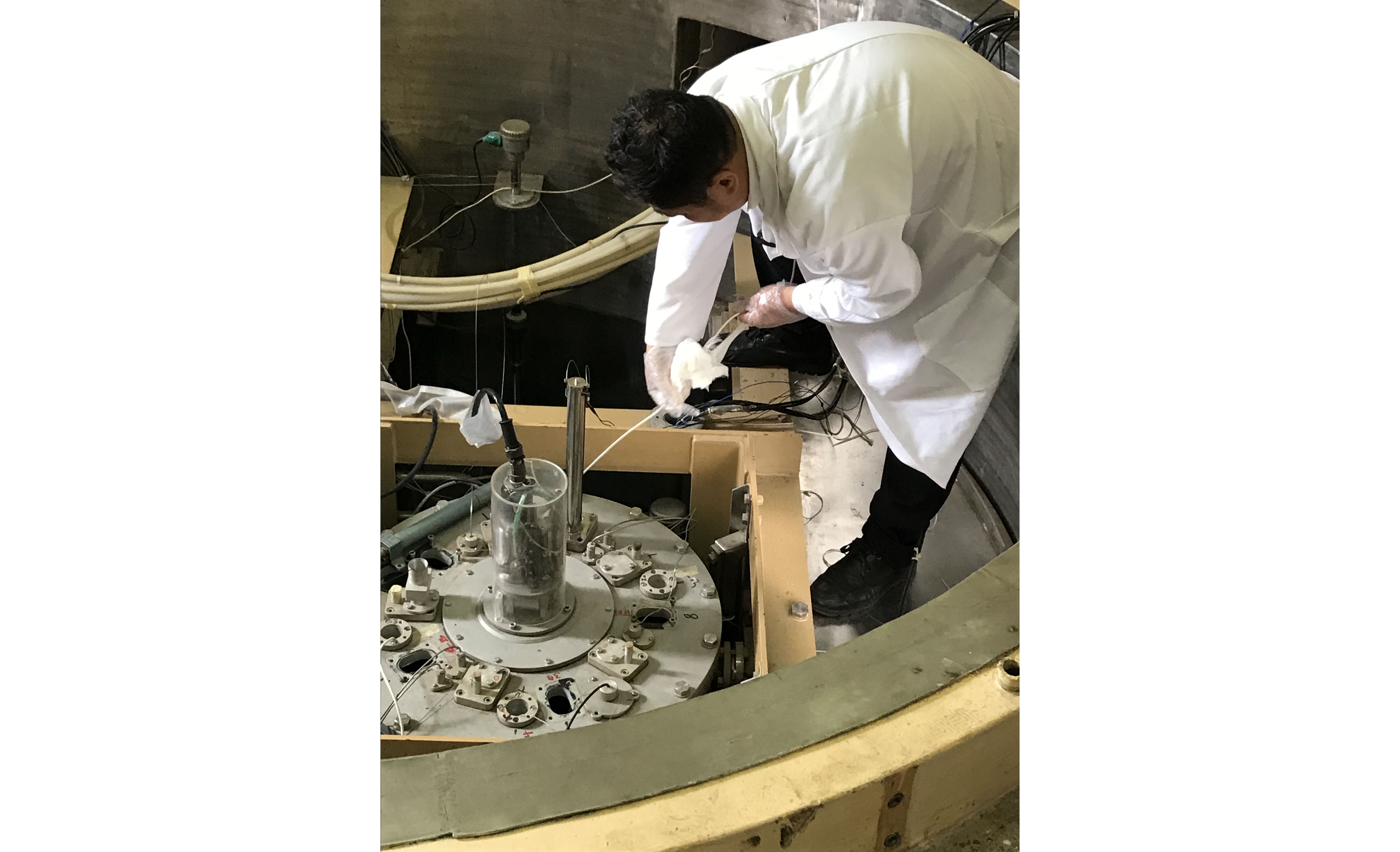Introduction:
1. On the blank world map, identify
- United States
- China
- North Korea
- Ghana
- Nigeria
- Iran
- Pakistan
- Syria
2. All of these countries produce or use highly enriched uranium (HEU). This material can be used by governments for energy production, weapons, or both. Other countries including Russia and France have HEU, but today we are focused on these countries. Any guesses as to why the U.S. and China might be concerned about the presence and use of HEU in the other countries?
3. Today you will learn more about efforts to limit the production and use of highly enriched uranium and the role of politics in these efforts.
Discussion:
1. Read both Evan Osnos’ story on North Korea and Richard Stone’s article on removing bomb-grade nuclear fuel from Africa. Both pieces are available through the Resource section of this lesson.
2. As you read, take notes on why countries want to have or get rid of highly enriched uranium and the role politics plays in advancing or preventing nuclear non-proliferation.
3. As a class, discuss the following questions:
- Of the countries from Question 1 in the Introduction, which ones have nuclear weapons and which just have reactors that use HEU fuel?
- Why is the U.S. government concerned about North Korea having nuclear weapons?
- What argument does the North Korean government use to justify the creation of nuclear weapons?
- What are the different policies and strategies the U.S. and North Korea used to communicate and show strength since the end of the Korean War?
- Make a chart that shows each policy and its pros, cons, and outcomes according to Osnos’ reporting. Example:
| Pro | Con | Outcomes | |
| Policy 1 | |||
| Policy 2 |
- How has the political landscape in each country impacted policy related to North Korea’s development of nuclear weapons?
- What are the current policies and positions of the North Korean and United States governments about nuclear weapons in North Korea?
- In the United States, is there political consensus on policy towards North Korea?
- The U.S. is not just concerned about North Korea possessing nuclear weapons. What other issues and countries impact American nuclear security?
- How long have U.S. scientists been trying to reduce the use of highly enriched uranium in nuclear reactors? Why?
- What role do Chinese nuclear scientists play in the effort to secure HEU?
- How did U.S. politics impact this relationship?
- What event led to an increase demand for HEU control and why?
- What is the current relationship between U.S. and Chinese scientists who work on converting reactors?
- What is the position of the United States government on the importance and impact of the conversion effort?
- Why is cooperation necessary? Could U.S. or Chinese scientists do this by themselves or without the cooperation of their governments?
- How else are the two countries cooperating on international nuclear security?
- Are there still problems or areas of weakness in the non-proliferation relationship?
- Does North Korea play a role in the politics of the U.S.-China nuclear security collaboration and, if yes, what is that role?
- Do you think it is possible for the United States and China to come to an agreement with North Korea on the enrichment of HEU? How?
Follow-up Activity:
1. Conduct research on international nuclear security policy and programs in other countries or international agencies.
2. Create a presentation on a policy aspect of nuclear security that interests you.
3. Hold a nuclear security seminar on your campus. Invite local academics and professionals who are interested in the topic along with students from other courses or classes.
4. Present your finding at the seminar. Remember to leave time for questions and discussion.
Pull up a blank world map for the class to use in the opening exercise.
For more information about non-proliferation and U.S. nuclear material security policy, visit the National Nuclear Security Administration website and the International Atomic Energy Agency website.
If you decide to do the follow-up activity, you could design it to take the place of a final exam or paper. Have the students organize it like an academic or policy conference. They should secure space, advertise on campus and in the community, provide refreshments, and handle logistics for the event. Only do this if there is no cost to students and you can pay for any cost out of the class budget. Otherwise conduct a mini-seminar during one or two class periods.



